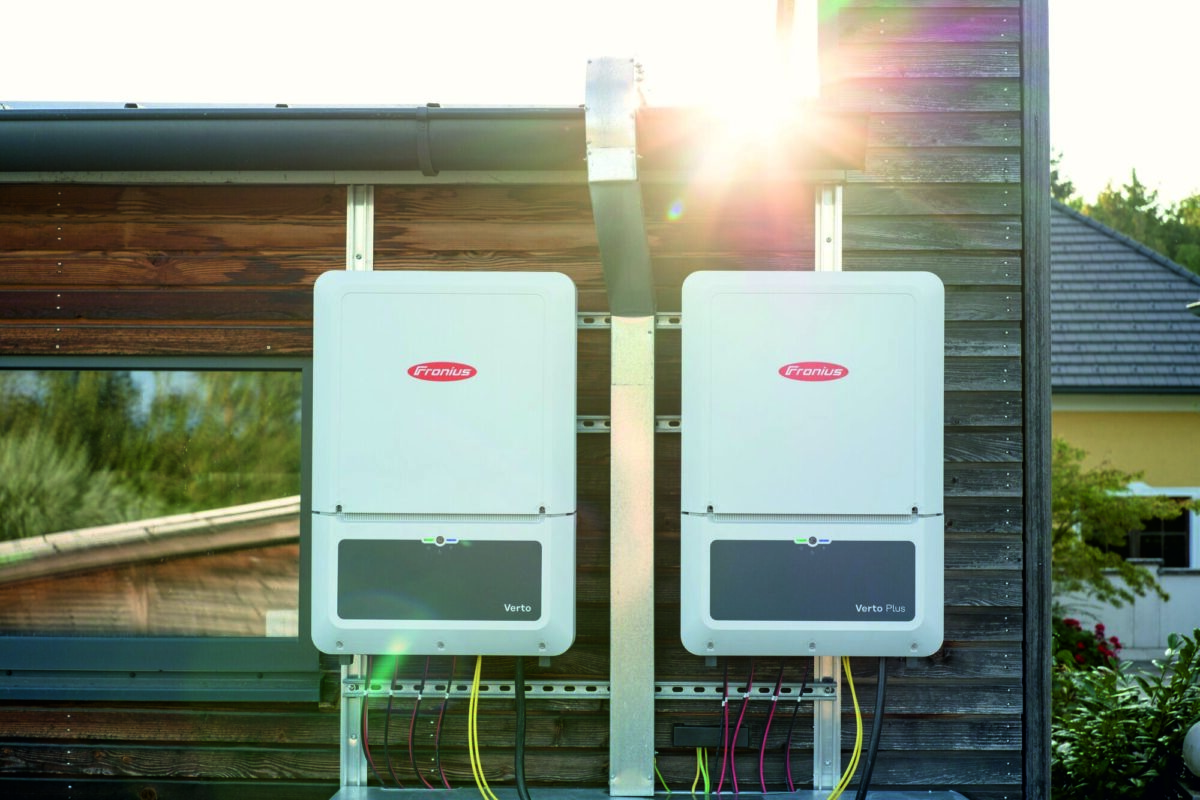Aluminum-ion batteries promise significant improvements over today’s lithium-ion technology. The ability to exchange three electrons per ion, compared to lithium’s one, brings the potential for higher storage capacity. Al-ion batteries could also rely on more cheap/abundant materials, avoiding many of the issues that continue to plague Li-ion supply chains.
Various challenges, in particular relating to the shelf-life of the batteries, have kept Al-ion confined to the laboratory for now. New research published in early 2021, however, represents a significant leap in performance for the technology. A battery capable of both high storage capacity and ultrafast charging could open new applications for energy storage, bridging the gap between a battery and a supercapacitor.
Scientists at China’s Dalian University of Technology and the University of Nebraska in the United States collaborated to fabricate a battery consisting of a pure aluminum anode, a graphene cathode, and an organic electrolyte. The batteries are described in the paper Ultra-fast charging in aluminum-ion batteries: electric double layers on active anode, published in Nature Communications.
Liquid metal
Key to achieving this performance was an improved understanding of a mechanism known as ‘electric double layers’ – layers just a few nanometers thick which form at the interface between the metal electrode and electrolyte. By dipping the aluminum into Galinstan – a metal alloy that is liquid at room temperature – the group increased the surface energy of the anode allowing more aluminum ions to tunnel through the electric double layers.
With this approach, the group could demonstrate a battery with a 200 milliamp hours per gram (mAh/g-1) capacity, which they claim is a jump forward from the previous record of 120 mAh/g-1 for an Al-ion battery. The battery could also charge at a rate of 104 C – meaning a duration of 0.35 seconds to reach the full capacity at 1000 A g−1.
The group notes that these performance figures denote a device that “eliminates the gap between a supercapacitor and a battery.” And they plan to continue working on understanding more of the specifics of how their anode works, as well as exploring combinations with different cathode materials. Ultimately, they envisage applications in emergency backup power, for example, “energy backup for electric buses that are running between stations, restart a suddenly stopped elevator, or even to minimize the power-off-induced loss in manufacturing or production lines.”
This content is protected by copyright and may not be reused. If you want to cooperate with us and would like to reuse some of our content, please contact: editors@pv-magazine.com.




Seems to be perfect, but would the grid bee able to supply a very high current in a very short time.